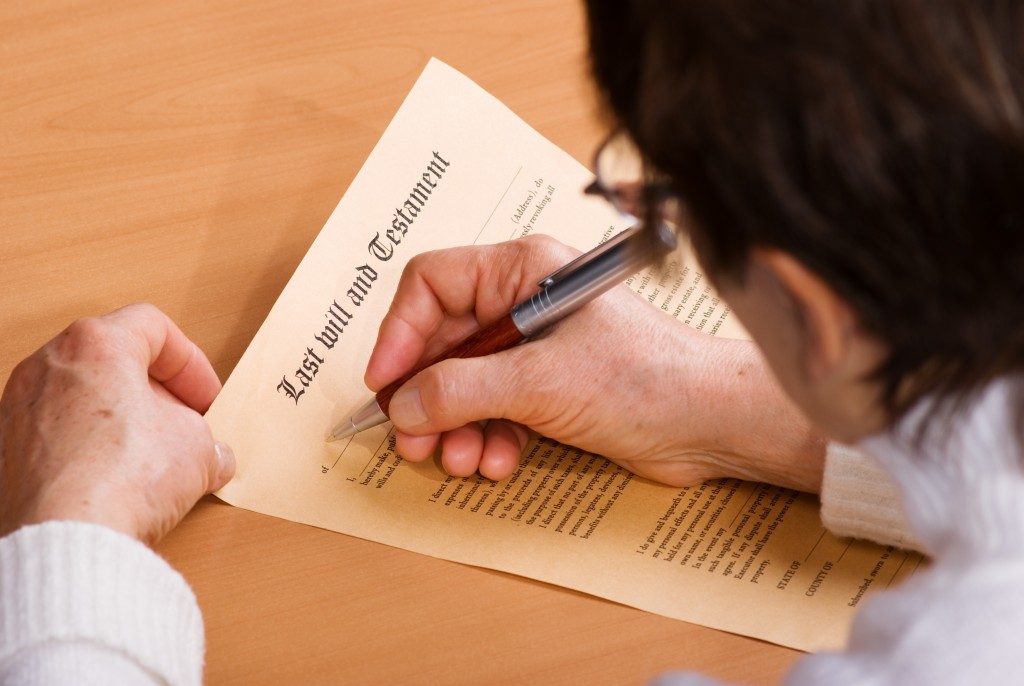Estate planning refers to preparing for death by putting one’s personal affairs in order. Cantley Dietrich notes that end-of-life estate planning can include simple wills and powers of attorney or more complex structures that involve family limited partnerships and charitable organizations.
People need to consider preparing for end-of-life plans early to ensure that assets are distributed well and dependents are properly looked after.
End-of-Life Planning
A decision brief released by the Society of Actuaries provides informational guidance for those preparing to make end-of-life decisions. This plan serves as an outline of how one wishes to distribute assets and be cared for if they become incapacitated or injured in some way. For others, estate planning involves developing strategies to minimize estate taxes and allowing dependents to gain large life insurance payouts.
Proper and early preparation of end-of life plans helps family members and loved ones be more prepared to handle one’s assets and how to look after dependents. Parents that include decisions on their children’s future education and living situation in their wills can increase the chances of their children being financially and emotionally stable.
Traditional Will
 A traditional will is a legal document that outlines one’s wishes upon death. Creating a will early helps ensure that one’s wishes will be honored and that family members are prepared to deal with the death.
A traditional will is a legal document that outlines one’s wishes upon death. Creating a will early helps ensure that one’s wishes will be honored and that family members are prepared to deal with the death.
Without a legal will, the state will make decisions on asset and estate division on behalf of the deceased. This may conflict with the deceased’s intentions for asset distribution. The courts usually pass the estate on to the deceased’s next of kin, usually the spouse or kids, and in some cases, to their parents, siblings, or next living relative. They will also appoint a legal guardian for the children.
Wills can also contain plans about what to do with one’s financial accounts social media and internet presences, pets, and charitable organizations. They determine what will happen to kids in case of death of both partners. Wills guide remaining loved ones by providing clear decisions and solutions on who the children will live with, how assets will be transferred to them, where they will go to school, and necessary medical decisions.
Living Will
In comparison to a traditional will, a living will is only valid when one is living but no longer able to make important decisions about their life and dependents.
This type of will can contain an Advanced Care Directive (ACD) that applies in a life or death situation. These directives come in to play if one becomes hospitalized or unable to communicate their wishes on how they are to be cared for. They are based on one’s personal values, preferences, and previous discussions made with loved ones. With a decision already in place, family members and loved ones can do away with the emotional stress related to making medical decisions at a traumatic time.
Documents related to end-of-life planning must be both legal and regularly updated so they will hold up in court and reflect one’s wishes up until death.
